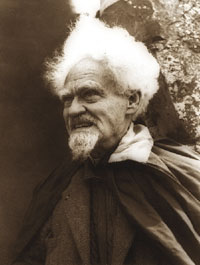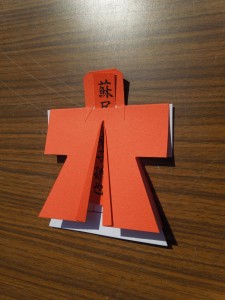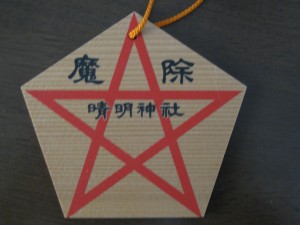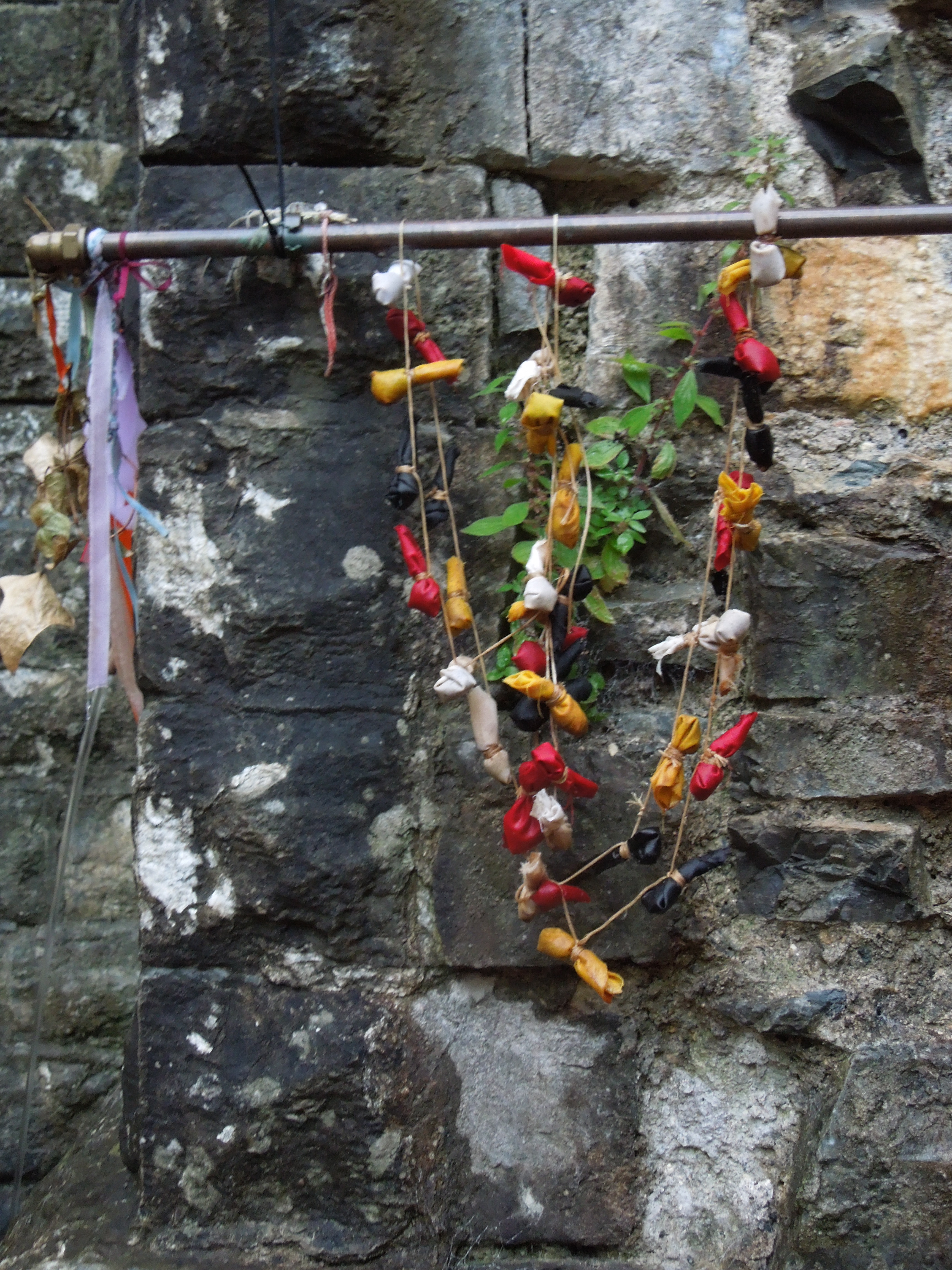The Solitary Witch
John Dougill meets a Wiccan – who’s Japanese
The growth of Wicca in recent years has been striking and it is now the UK’s seventh biggest religion. The revival was sparked by Gerald Gardner’s Witchcraft Today (1954) based on his experiences in a coven that had supposedly preserved pre-Christian beliefs. Now there is a whole support system, with a network of covens, gatherings and conferences. And under the umbrella of the Pagan Federation, Wiccans interact with like-minded groups. All Wiccans are Pagan, but not all Pagans are necessarily Wiccan.

Gerald Gardner, discoverer or inventor of Wicca
In the US too Wicca has taken hold and is recognised by the military for official rites. American witchcraft tends to be diverse, and though many witches follow Wicca there are others too. A witch can simply be a spellcaster or someone who practises magic. There are even Christian witches.
In Japan one seldom comes across Western witchcraft outside the fantasy world of Harry Potter. Imagine then being Japanese with a calling to Wicca. Not an easy option, you might say, but such is the path pursued by one practitioner. His is a remarkable story.
Course work
‘Pendragon’ first developed an interest in the occult through the study of tarot. But it was Wicca to which he felt most connected, and from Doreen Valiente’s Witchcraft for Tomorrow (1979) he practised a form of self-initiation.
Later he met a Wiccan priestess who motivated him to go deeper in his studies. To cast spells he grew his own herbs such as rosemary, sage and lavender. ‘It’s easy to grow them,’ he says, ‘but you lose a lot in the heat and humidity of summer.’

If Shinto is a religion of the sun, paganism is of the moon
Magic spells
Nowadays Pendragon practises on his own with a prized collection of ritual tools. These include a chalice, an athame (witch’s knife), and a pentacle (disc inscribed with symbols). What kind of rituals could one do on one’s own, I wondered? As an example, Pendragon told me that for the spring equinox, which marks a time of new beginnings he might decide to bless a project he is about to undertake, ask the deities for success and do meditation. By moonlight, of course.
And what of the Magic? Wiccans only practise good magic, for it’s a central tenet that one should not knowingly do evil. As the creed says, ‘Eight words the Wiccan Rede fulfill, An it harm none do what ye will.’ For example, Pendragon told me how he might perform a spell for love by lighting a red candle, anointing it with oil, burning incense and making an appropriate chant. ‘What I find in fact, and maybe many witches find this, is that the need for spells becomes less and less as you practise,’ he says. ‘You learn to go with the flow of life.’

Red hitogata (effigy) for disease protection
Healing practice
One attractive part of Wicca is the healing aspect. There are two main types of Wiccan techniques for helping others. One is done in the coven with a focused cone of energy created by a dancing circle. The other is based on sympathetic magic, typically done with poppets or dolls to represent the patient. In this respect there are similarities to Shinto.
Japanese Pagans
Talking to Pndragon it sounds as if Paganism might be on the rise in Japan, but he tells me that is not the case. ‘In fact, the Japanese scene is very small,’ he says . There is no national organisation.’
Starhawk’s influential book about Goddess worship, The Spiral Dance (1989), was translated into Japanese but did not sell well. Similarly with Margot Adler’s study of Paganism in America, Drawing Down the Moon (1979). By contrast the clairvoyant Doreen Virtue’s angel therapy has won a wide following, and her oracle cards are popular among New Age types.
Has there not been a surge of interest in witchcraft since Harry Potter, I ask? ‘Not so much from Harry Potter, but from Japanese anime and manga,’ Pendragon says. There was an Abe no Seimei boom in onmyodo (Way of Yin-Yang). And there was a popular novel for teenagers, Toaru Majutsu no Indekkusu (Forbidden Index of Magic).’ It seems the interest is superficial, however. Many simply want to learn to fly!

Magical pentagram uniting east and west. Here it serves as Daoist wizard Abe no Seimei’s sign, but the pentagram also forms the witch’s symbol..
Asked to explain the disinterest, Pendragon points out that the Pagan revival in the West was sparked by a reaction against Christianity. People wanted something more meaningful and less moralistic, a spirituality that relied on intuition rather than revelation. They sought an earth-based religion that incorporated a goddess as well as a god.
In Japan, by way of contrast, because of the dominance of Shinto-Buddhism there simply was not the same need. Interestingly, Japanese people drawn to Wicca typically have some kind of Christian background.
Like their counterparts in the West, such Japanese are drawn to a religion that has ecological concerns and emotional depth. In so doing, they feel the same sense of ‘coming home’ that others experience who return to a primal religion after dogmatic Christianity. It’s reflected in the embrace of a Great Goddess rather than the Virgin Mary – or Amaterasu.
Who knows, perhaps one full moon we’ll be seeing dancing circles in Kansai!
*************
For more about paganism in Japan, see this posting.

Pagan charms at Glastonbury’s White Spring, a Western equivalent to shimenawa and shide markers

You may be interested in the work of Eriko Kawanishi, an anthropologist at the University of Kyoto, specialising in modern Western paganism. I believe she’s written about Wicca in Japan.
Thank you Ashley for taking the trouble to write in. As it happens the previous post ‘Pagan practice in Japan’consists of excerpts from Eriko Kawanishi’s research.
Eriko Kawanishi is on:
https://kyoto-u.academia.edu/ErikoKawanishi
There you will find articles written by Eriko.